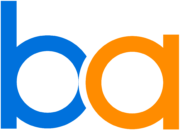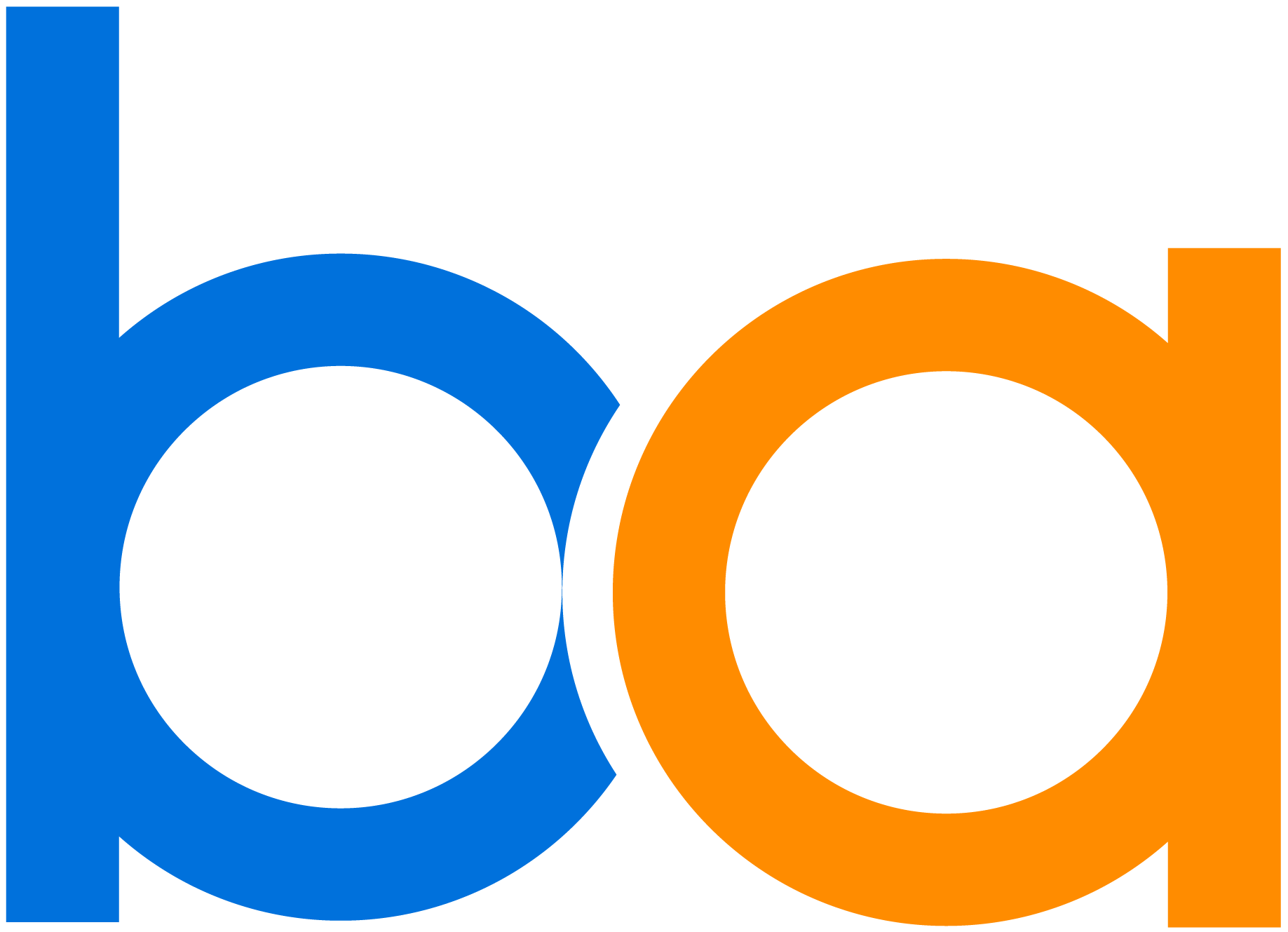Module 1- Digital Marketing Intro [2 hours]
1. Intro To Marketing
2. Intro To Digital Marketing
3. Job and Freelance opportunity
Module 2 – Understanding of Internet & Domain [2 hours]
1. Domain and its types
2. Historical Importance of Domains
3. Existing Domain Name Usage Scenario
4. Domain Name Server
5. What is Hosting Space?
6. Types of Hosting Spaces
7. What Is an IP address?
8.Internal Framework Of Internet- Flow Diagram
Module 3 – Website Building [2 hours]
1. Purchasing A Domain
2. Purchasing A Hosting Space Website Wireframe/ SILO Structure
3. Website Wireframe/ SILO structure
4. Basics of Website Building
5. Why A Content Management System ( CMS )
6. Plugins Setup
7. Page Setup
8. UI Enhancement Using Elementor
9. Additional CSS
Module 4 – Graphic designing [2 hours]
1. Impact of Graphics In Digital World
2. Understanding the Working Of Canva
3. Logo Design
4. 5 Hands on Assignments on Canva
5. Creating Various Graphic Designs for Various Digital Platforms
Module 5 – Content writing [2 hours]
1. Basic Guidelines of Article Writing
2. Difference between Article Writing & Website Content Writing
3. Writing Content as per SEO
4. SEO Content Penalties
5. How to recover if site got penalized
6. Live Exercise: Writing content
7. 3 Assignments On Article Writing
Module 6 – Basic Terminology of Digital Marketing [2 hours]
1. What Is Website
2. Types of Websites
3. What Is Keyword
4. Types of Keywords
5. Nomenclature Of Digital Marketing – Snippets, SERP, Key Metrics DA,PA,LPS etc..
6. Guidelines of Parameter Selection Of Keyword Research
7. Tools Used For Keyword Research
8. Live Exercise: Keyword Research On Various Tools
Module 7 – Introduction to SEO [2 hours]
1. What is a Search Engine?
2. How a Search Engine works?
3. SERP Exploration
4. Components of Search Engine
5. Introduction to basic Ranking Factors
Module 8 – Keyword Research & Implementation [2 hours]
1. Introduction to Keywords
2. Importance of Keywords
3. Types of Keywords
4. Understanding the terms Keyword Density, Keyword Proximity, Keyword Stuffing.
5. Best practices to shortlist keywords based on Business Objective
6. Tools for Keyword Research
7. Live Exercise: Keyword Research using various Tools
Module 9 – Algorithms [2 hours]
1. What are algorithms?
2. Evolution in algorithms
3. Importance of algorithms
4. Explanation on how algorithms work?
5. Types of Algorithms
Module 10 – On Page SEO {Snippets} [4 hours]
1. Basic HTML Tags Introduction
2. Hierarchy of Header Tags
3. Optimizing Header Tags
4. Anchor Tags Optimization
5. Alt Tag Optimization
6. What do you mean Snippet
7. Types of Snippets
8. Optimizing your Snippets to get more Traffic to your website
9. What is Internal Linking
10. Power of Internal Linking
11. What do you mean by Schema on Google?
12. Schema Setup for Google Snippets
13. Validating the Snippet code on Google Publishers tool
14. Live Exercise: Creating Snippets for the Published content
Module 11 – Search Engine Visibility [1 hours]
1. What is a SiteMap?
2. Types of Sitemaps
3. .xml Sitemap
4. HTML Sitemap
5. Generating SiteMap
6. Submissions of SiteMap to Webmaster
Module 12 – Off Page SEO {Link Building Link Analysis} [2 hours]
1. What is Link Building?
2. Why is Link Building important?
3. Types of Link Building
4. Reasons of Analyzing a Competitor in Digital Marketing
5. Extracting the Competitor backlinks
6. Introduction to PR, DA, PA
Module 13 – Off Page {Submission} [2 hours]
1. Directory submission guidelines & best practices
2. Article submission guidelines & best practices
3. Press Release distribution guidelines & best practices
4. B2B/Classified submissions & best practices
5. Guest Blogging
6. Contextual link building
7. Blog commenting / forum posting
8. Do’s and Don’ts of Link Building
Module 14 – Google Search Console [2 hours]
1. What is Google Search Console?
2. Importance of Search Console
3. Adding your website to Google Search Console
4. Setting up owners, users, and permissions
5. Understanding GSC Dimensions and Metrics
6. Submitting a sitemap
7. Understanding dimensions and metrics
8. Adding filters
Module 15 – Google Analytics [2 hours]
1. Introduction of Google Analytics
2. Connecting Google Analytics with website
3. Understanding Dashboard of GA
4. Customized Data/Reports
5. Targeted Campaigns
6. Automated Emails
7. Goals – Setting, Monitoring
8. Campaign Tracking
9. Live Exercise: Connecting your Website with Google Analytics and getting the Insights
Module 16 – Intro to Search Engine Marketing [2 hours]
1. What is Search Engine Marketing?
2. Difference between SEM & SEO
3. Platforms Of SEM
4. Why SEM Is Important For Running A Business
5. Push v/s Pull Marketing
6. Role of User Intent in Paid Marketing
7. What is Business Objective?
8. Role of Business Objective in Digital Marketing
9. Use Cases of Business Objective
Module 17 – Intro to Google Ads [1 hours]
1. Types of Google Ads
2. Use Cases of Each Types
3. Which Mode of Google Ads Is the Best for Businesses?
Module 18 – Google Ads settings[2 hours]
1. Creating Google Ads account
2. Google Dashboard Overview
3. Ad Groups and Its importance In A Campaign
4. Structure Of Google Ads account
5. Traits of a good landing page
6. Campaign Goals and Objectives Selection
7. Ad Group Creating
8. Ads Creating
9. Location Targeting
10. Budget Setup
11. Audience Targeting [ demographic, in-market, affinity, remarketing ]
Module 19 – Paid Ads (Google) [2 hours]
1. Campaign Goals and Objectives Selection
2. Ad Group Creating
3. Ads Creating
4. Location Targeting
5. Budget Setup
6. Audience Targeting [ demographic, in-market, affinity, remarketing ]
Module 20 – Paid Ads (Advance Display & Video Ads) [2 hours]
1. Creation of Smart Display Campaign (Display Ads)
2. Creation of Standard Display Campaign (Display Ads)
3. Creation of Gmail Campaign (Display Ads)
4. Bidding for Display Campaigns (Display Ads)
5. Location Targeting (Display Ads)
6. Location targeting (Display Ads)
7. Budget Setup (Display Ads)
8. Audience Targeting [ demographic, in-market, affinity, remarketing ] (Display Ads)
9. Creation of In-stream Skippable Ads (Video Ads)
10. Creation of Video Discovery Ads (Video Ads)
11. Creation of Bumper Ads (Video Ads)
12. Creation of non-skippable instream Ads (Video Ads)
13. Creation of Outstream Ads (Video Ads)
14. Setting in Video Ads (Video Ads)
15. Location Targeting (Video Ads)
16. Location targeting (Video Ads)
17. Budget Setup (Video Ads)
18. Audience Targeting [ demographic, in-market, affinity, remarketing ] (Video Ads)
Module 21 – Paid Ads (Advance) [2 hours]
1. Conversion Tracking Code Setup
2. Frequency Capping Setup
3. Bidding Strategies
4. Advanced Bidding Adjustments
5. Conversion Tracking Code Setup
6. Remarketing Audience Setup
7. Negative Keywords
8. Audience Creation
9. Remarketing List Setup
10. Custom URL Parameters
11. Policy Manager & Billing Settings
12. Keyword Match Types
13. Dynamic Keyword Insertion
14. Effect Of Relevant Keywords On CPC
15. Best Practices Of Writing Ads
16. Analyzing Search Terms
17. Demographics Adjustment
18. Extensions
Module 22 – Social Media [2 hours]
1. What is Social Media?
2. Evolution of Social Media
3. Importance of social media
4. Marketing Opportunities through social media
5. Various types of Advertising through Social Media{ Platforms }
Module 23 – Paid Social Media
1. Introduction to Facebook Marketing
2. Essential Guide to Post, Group, Profile
3. Creating a Facebook Page
4. Optimization of Facebook Page
5. Facebook Page Insights
6. Live Exercise: Creation of a Facebook Page & Getting Insights from the Page posts.
7. Marketing Ways on Facebook Platform
8. Facebook Ad Account Ads Setup
9. Facebook Ads Dashboard Overview
10. Creation of Facebook Campaign
11. Facebook Goals and Objectives
12. Targeting the Specific Audience
13. Installation of Facebook Pixel Code
14. Remarketing With Facebook for the Potential Audience
15. Getting the Insights from the Campaigns
16. Dos and Don’ts of Facebook Ads
Module 24 – Content Marketing
Module 25 – Blogging – Strategy, Content & Submissions





